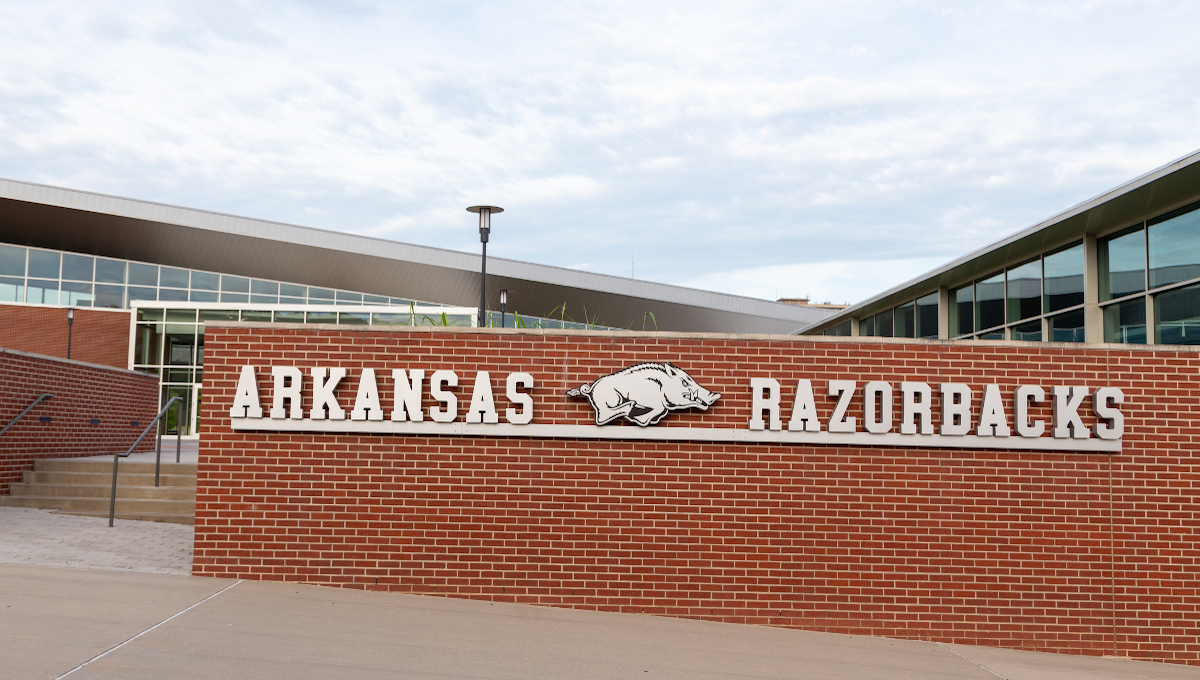Although there hasn’t been a public update, the Arkansas Department of Health has told officials at the University of Arkansas that an E. Coli outbreak appears to have passed its peak.
The health department told university officials that there haven’t been any new patients since Aug. 25. As of Thursday this week there had been 42 patients identified in the outbreak. Four were hospitalized and two remained in the hospital as of Friday.
The residences of the sick people hasn’t been revealed, but the health department has reported that “it has no reason to believe the outbreak is connected to the university’s public dining facilities.” Some of the patients are residents of sorority houses.
The state health department surveyed 3,200 people during its investigation, according to the university health services department.
“Of that number, 37 are probable cases based on reported E. coli symptoms while five cases have been confirmed with positive tests. The number of individuals impacted may change as the ADH continues to investigate,” according to the university.
“Original estimates of the number of individuals who may have impacted were reduced after those with similar symptoms but no link to the outbreak were sorted out from those with true E. coli symptoms.”
Investigators from the state continue to look for a source of the bacteria while they wait on laboratory results. They believe the outbreak began about two weeks ago.
“The university has increased its surface cleaning and sanitizing protocols to help mitigate the spread,” according to university officials.
About E. coli infections
Anyone who has developed symptoms of E. coli infection — especially University of Arkansas students who live in sorority or fraternity houses — should seek medical attention and tell their doctor about their possible exposure to the bacteria. Specific tests are required to diagnose the infections, which can mimic other illnesses.
The symptoms of E. coli infections vary for each person but often include severe stomach cramps and diarrhea, which is often bloody. Some patients may also have a fever. Most patients recover within five to seven days. Others can develop severe or life-threatening symptoms and complications, according to the Centers for Disease Control and Prevention (CDC).
About 5 to 10 percent of those diagnosed with E. coli infections develop a potentially life-threatening kidney failure complication, known as a hemolytic uremic syndrome (HUS). Symptoms of HUS include fever, abdominal pain, feeling very tired, decreased frequency of urination, small unexplained bruises or bleeding, and pallor.
Many people with HUS recover within a few weeks, but some suffer permanent injuries or death. This condition can occur among people of any age but is most common in children younger than five years old because of their immature immune systems, older adults because of deteriorating immune systems, and people with compromised immune systems such as cancer patients.
People who experience HUS symptoms should immediately seek emergency medical care. People with HUS will likely be hospitalized because the condition can cause other serious and ongoing problems such as hypertension, chronic kidney disease, brain damage, and neurologic problems.
(To sign up for a free subscription to Food Safety News,click here)

